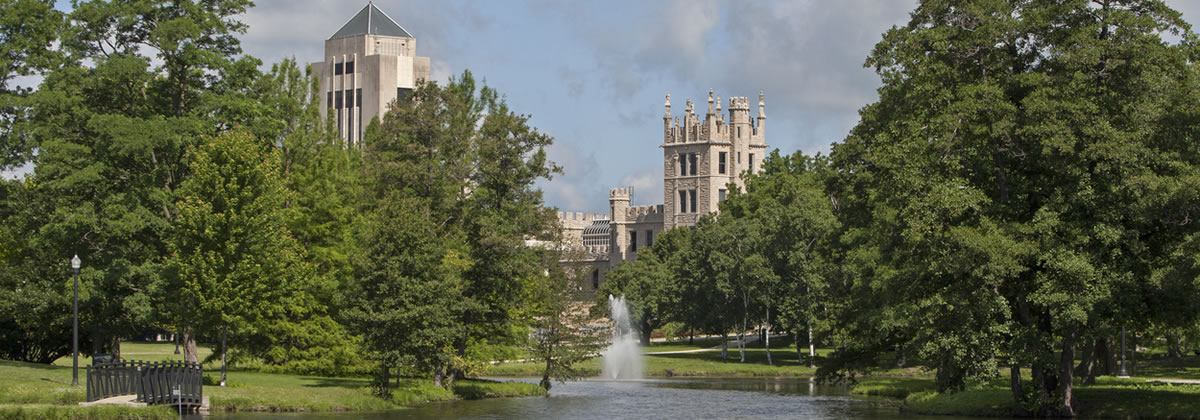- Center for Innovative Teaching and Learning
- Resources
- Toolkits
- Greener Teaching Techniques

Greener Teaching Techniques
This site is a compilation of techniques for environmentally-friendly teaching. This information comes from several sources, including other academic institutions and environmental agencies. If you have greener teaching techniques that could be included here, email them to citl@niu.edu. If you are interested in promoting sustainability on campus, consider joining or collaborating with the Environmental Sustainability effort.
These techniques are sorted according to the teaching life cycle. Click on the section titles below to view specific suggestions for each phase of the teaching life cycle.
Planning Instruction
- Whenever possible, choose electronic resources over print documents.
- Select textbooks that have used copies available. This reduces paper consumption. For example, do not use a new edition of a textbook if the older edition can be supplemented with electronic readings.
- When selecting print textbooks, consider textbooks that are also available in electronic formats for mobile devices, like the iPhone or Kindle. This gives students the option to purchase the textbook in print or electronically. Electronic versions are often less expensive, too.
- Only require a textbook if the majority of chapters will be used. Consider other alternatives, like online journal articles or a reputable blog, if only a small amount is to be used from a particular textbook.
- Use e-Reserves through the library, if possible.
Delivering Instruction
- Post course syllabus and notes in Blackboard rather than handing them out in class. Learn about Blackboard.
- Print any class handouts double-sided to reduce paper use.
- Use recycled paper when handouts are necessary.
- Post class notes as an outline rather than PowerPoint slides. This reduces the number of pages required to print the notes.
- Convert PowerPoint slides to a pdf with 3 slides per page or encourage students to print the slides as handouts with 3 slides per page. This reduces paper use.
- Take attendance with a digital voice recorder or by taking a digital photograph of the class rather than using a sign-in sheet. Record attendance electronically using Excel.
- Conduct office hours right before or right after class, so that students do not need to make a second trip to campus. This reduces gasoline consumption for faculty and commuters.
- Use online collaboration tools, like Blackboard Collaborate, to replace face to face class sessions or office hours. This reduces gasoline consumption for faculty and commuters.
- Online collaboration tools are also great for guest speakers. This reduces fuel consumption for travel.
- Conduct virtual field trips online using tools like Google Earth.
- Turn off the LCD projector when not in use to reduce electricity consumption.
- Turn off the classroom lights, if there is sufficient daylight.
- Cap dry-erase markers tightly and store in an airtight baggie. This will keep them fresh longer, which reduces waste.
- Use non-toxic or low-odor dry-erase markers to decrease environmental toxins.
Assessing Student Learning
- Collect assignments electronically rather than on paper, whenever possible. Consider using Blackboard's Assignment Manager and SafeAssign tools. (Click the names to learn more.)
- Provide feedback electronically rather than writing on student papers, using the Inline Grading available within the Assignment tool, or Microsoft Office's embedded reviewing tools. Both allow you to provide detailed feedback directly on the paper which can then be saved and viewed by the student. The Blackboard Grade Center also allows feedback for every grade item.
- Conduct low-stakes testing, like weekly quizzes, through Blackboard.
- Have students type their in-class exams in a computer lab rather than using paper or blue books.
- Design in-class activities and assignments that promote awareness of environmental issues.
Student Activities
- Encourage online collaboration rather than face-to-face meetings. Students can use Blackboard, Blackboard Collaborate, O365, email, Skype, and other online communication tools to decrease fuel consumption from driving to campus.
- Adapt current paper-based projects to digital formats. For example, posters or bulletin boards can be created in PowerPoint rather than on paper.
- Re-use paper that has been printed on one side for in-class activities.
In the Lab
- Avoid using highly toxic chemicals when possible.
- Use lower volumes of solvents.
- Unplug equipment that is not in use. Electronics draw a small amount of electricity when they are plugged in, even if they are not turned on.
-
Resources
-
Guides
-
Toolkits
- Accessibility
- Addressing Politically-Charged Topics in the Classroom
- ADEI (NIU)
- Artificial Intelligence
- Classroom Conflict
- Classroom Technology
- Community-Engaged Teaching
- Enriching the Design of General Education
- Evaluation of Teaching
- Flexible Teaching
- Greener Teaching
- Peer Review of Teaching
- Scaffolded Support for Teaching Gateway Courses
- Student Success in Gateway Courses
- Syllabus
- Teaching After Crisis
- Week of Engagement
-
Tutorials
- Literature
-
Technologies
-
Guides
Contact Us
Center for InnovativeTeaching and Learning
Phone: 815-753-0595
Email: citl@niu.edu
Connect with us on
Facebook page Twitter page YouTube page Instagram page LinkedIn page